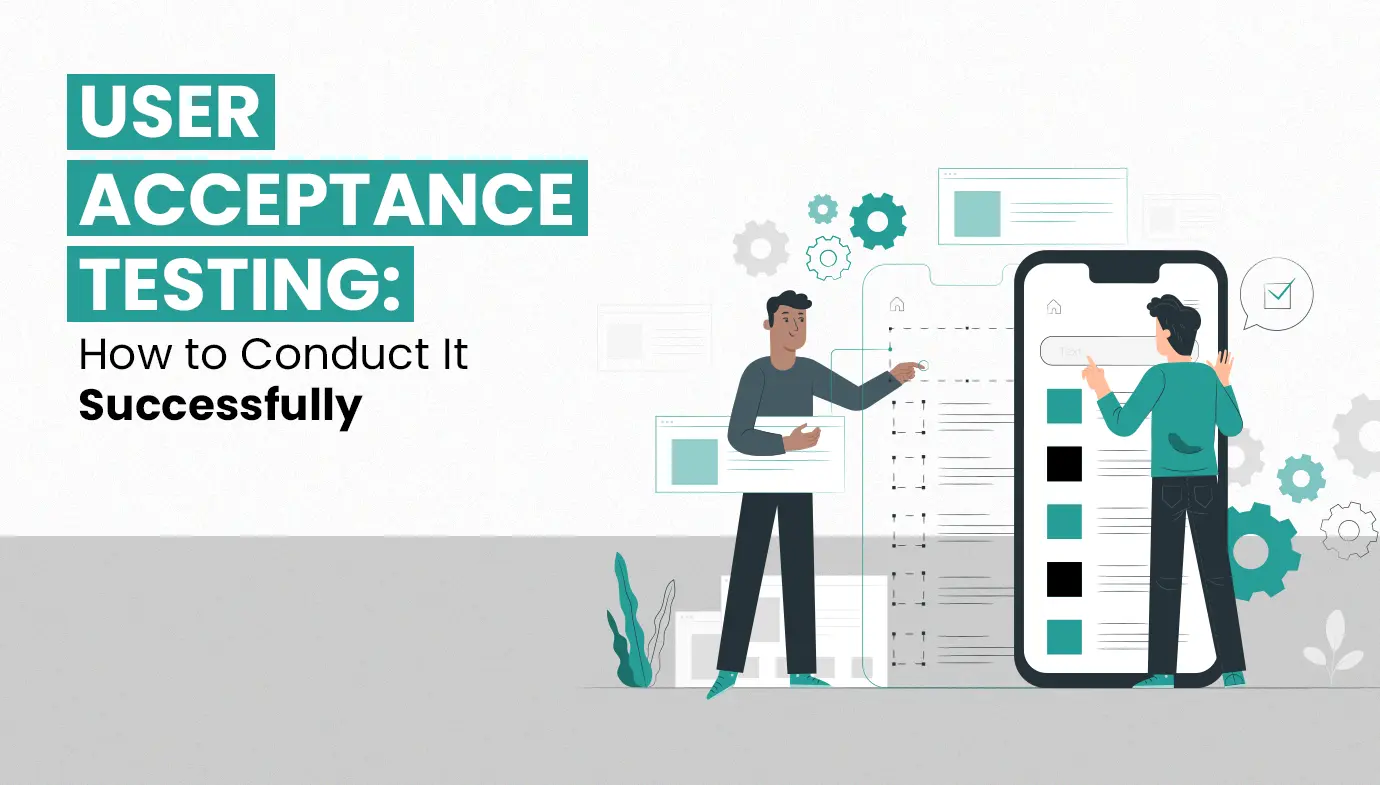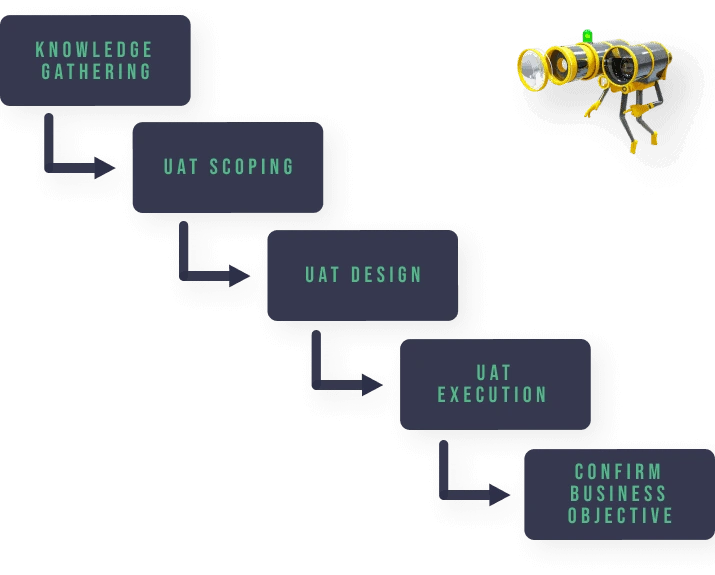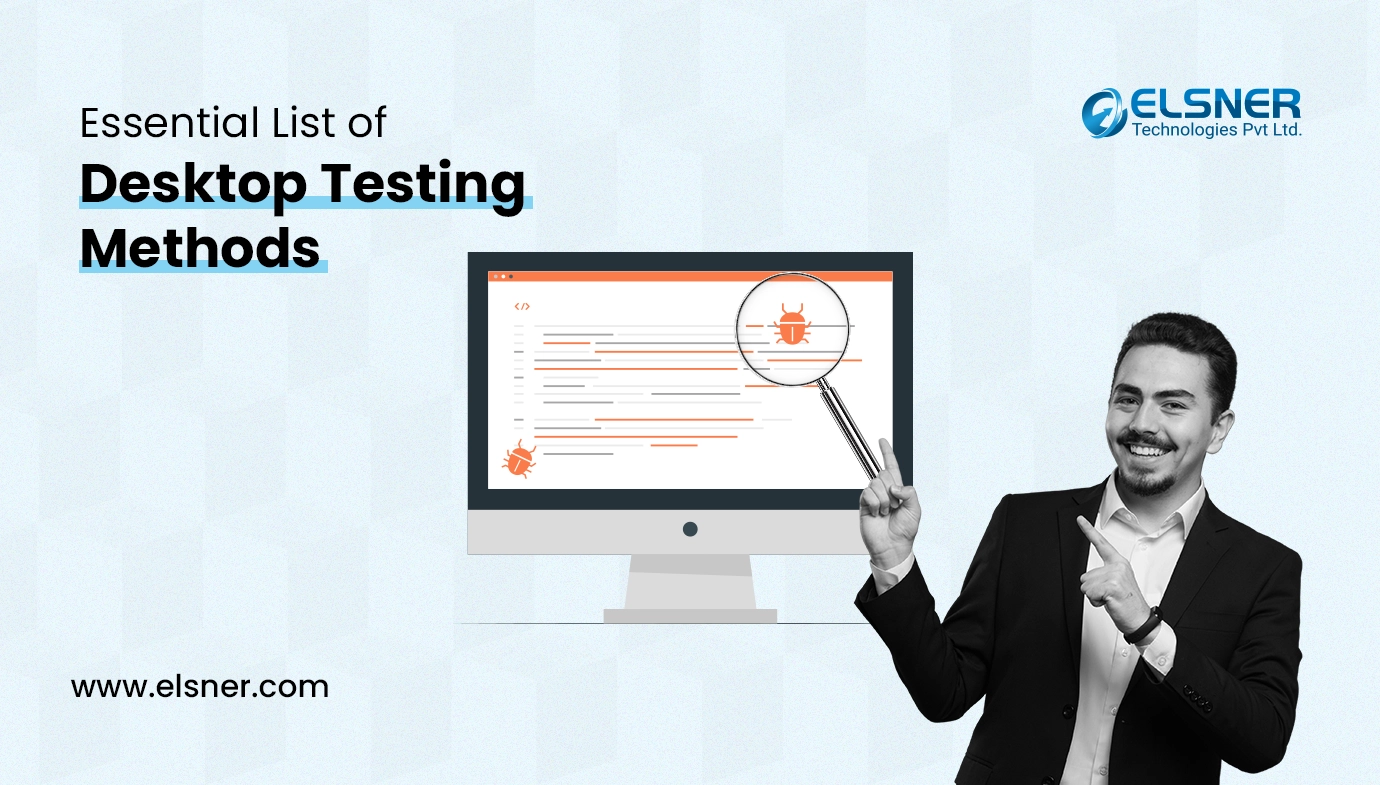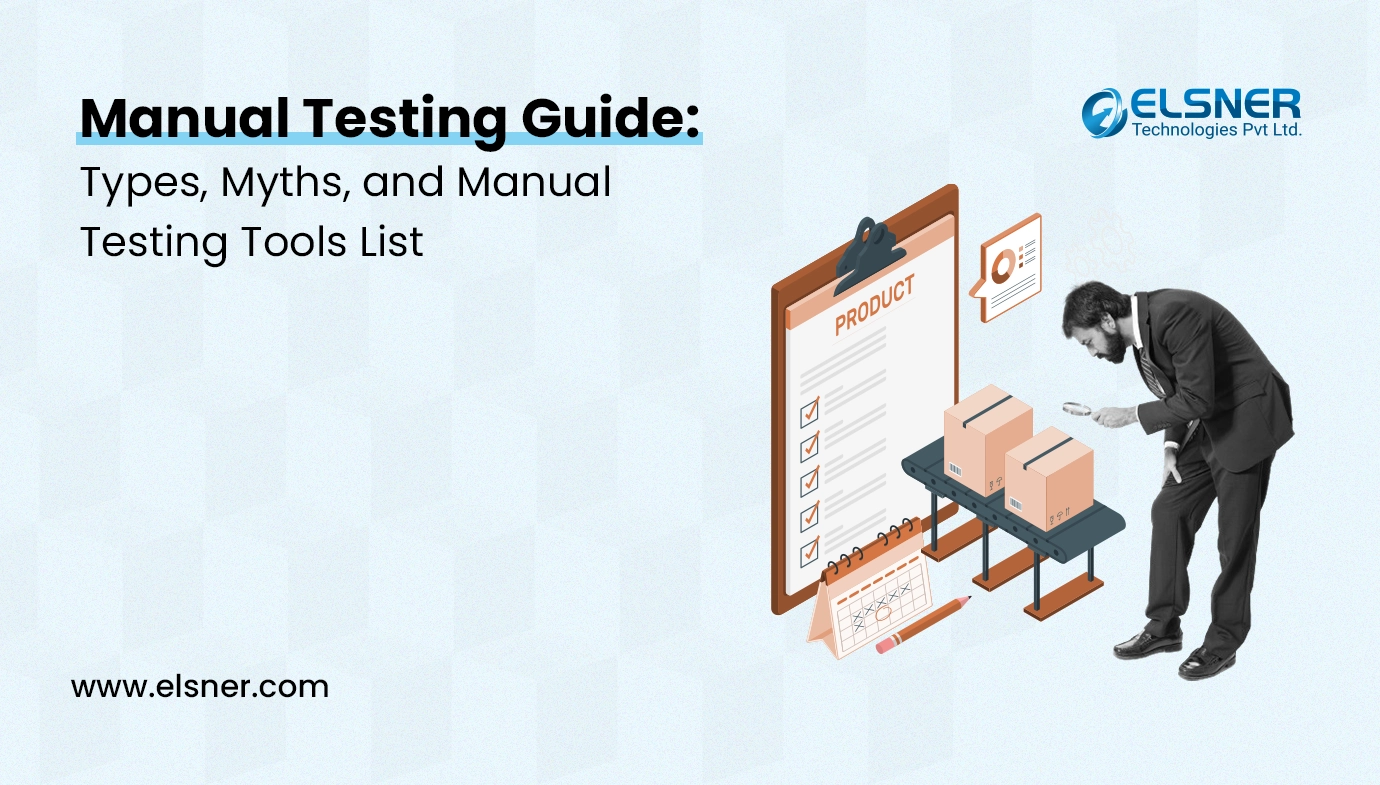User Acceptance Testing (UAT) is performed on most projects, sometimes known as beta testing or end-user testing. This is a phase of software development where the software will be tested in the “real world” by the potential audience or business representatives.
This is generally done to ensure that the software can handle real-world tasks and meet the target expectations of the developers. We will discussing the issues, solutions, and measures to handle UAT seamlessly.
What are the Significant Points to Consider During UAT?
A. Scope
The scope of UAT outlines which system components will be tested, by whom, and in what manner. It allows the application’s primary users to test all the new features before they are pushed into the production environment.
The QA team assists in testing by UAT users, offering support, and logging bugs. Sometimes, they may perform UAT and present results to clients/users. The decision is always that of the clients/users. The team carefully considers each case to ensure successful completion of testing.
Define a strategy covering the product, testing type, methodology, role, process, standard reviews, and outcome for the end user. Define Entry and exit criteria.
B. Objective
[Image Source: https://bit.ly/3OqznTf]
Developers code software based on requirements documents which is their understanding of the requirements, and there are chances that it may not be what the client has specified. So, the requirements are often updated during the project development phase as it is not communicated effectively to the developers.
C. UAT plan
- A UAT plan should have the testing objectives and the scope of the testing.
- Choose the time and form of end-user testing.
- Recruit users and form the UAT team.
- UAT testing environment, Test scenarios, and test cases approach timelines of testing, ad entry, and exit criteria for UAT.
- Then run the tests, collect output information, and analyze it.
D. Test Scenarios and Test Data
Create UAT Test Cases and Test scenarios before starting the UAT process. It should be clear and consist mainly of test cases performed during the UAT process.
- Different Test Scenarios and Scripts: Introduce users to the testing process, objectives, and tools. Cover most Critical cases by creating different test scenarios and scripts.
- User Testing sessions: Plan user testing sessions so end users can evaluate the software safely.
E: Who can Perform UAT?
When it comes to the UAT team dealing with Performance Testing Services they ensure that the system must accomplish the standard performance as expected. There might be end users who do not need technical knowledge but have used your system or will use it. If end users are involved in earlier testing phases, their acceptance is more likely to provide more detailed viewpoint.
- Identify key end-users and Their personas: Determine end users involved primarily with software. Develop a user persona to represent the different types of end-users who will use the software.
- Users that deal with the previous version of a product.
- Provide training or resources to end-users as needed to address common issues or ambiguous scopes
- The current users of an existing product
- Stakeholders that are included in the development of the product
- Business analysts as end-user specialists: This person is responsible for coordinating and overseeing the whole project to meet the business objectives. Before the UAT stage, the skilled manager will generate the delivery plan and requirements document to support the testing activities. They are also responsible for reviewing and approving the test plan and strategy.
F. Different Environments
The end-users or stakeholders will test the application to ensure it fulfills the requirements. It must be close to the production environment. This will allow the users to provide quality feedback on the functionality and usability of the application in real time. The UAT environment must align with the production environment to identify the issues before the application is deployed to production.
Prerequisites [Entry criteria] for User acceptance testing(UAT) are as
- Business requirements should be clearly defined
- Application code should be fully developed
- Unit Testing, Integration testing, and System testing have been completed
- Only minor errors are acceptable in UAT
- Regression Testing has been completed
- The environment should be ready before starting UAT
- Communication has been done in the team via email that testing has been done, and UAT can be prepared to execute
G. Run the Test
Provide training or resources to end-users as needed to address common issues or areas of confusion. It can include:
- When executing the UAT process, ensure reports are submitted successfully.
- Mention Post UAT activities. Check how many testing scenarios are Pass/ Fail.
- Prepare one summary report and mention acceptance criteria.
- Define Stakeholders with the planning of resolution of bugs and closing cycle for the release.
H. Monitor the UAT process
Monitor in terms of a process such as:
- The number of unexpected errors can determine the stability met during the UAT.
- Coverage of testing is measured by the number of test cases written and their ratio to the overall completed tests
- Usability of the system: End-user perspectives
I. Provide feedback and follow-up
This step includes, If the UAT team has shared a list of bugs with developers, they can get follow-up about Bugs. Check whether it is solved or still pending. If it’s pending, then the development team update in codes and makes changes, and provides them to the team for cross-verification. Re-test bugs and give final updates. Daily, they share their feedback as per the project plan and time.
The team also adheres to end-user input by providing an online beta version of the product. Verify any reported issues immediately and communicate the resolution to the end users. Use the feedback and insights gathered during UAT to improve future development and testing processes.
UAT exit criteria should include as:
- No critical defects open
- The business process works satisfactorily
- UAT Sign off meeting with all stakeholders
J. UAT challenges
- Poor planning – It is essential to define sufficient time for UAT, or the results will be incomplete.
- Inappropriate tester selection – The testers must be selected from the corresponding consumer group, that is, the potential target audience of the product.
- Wrong testing environment – The environment must differ from the one used for functional testing to give better results.
- Lack of training – The testers should be well-trained before conducting UAT. Otherwise, they won’t be able to deliver effective results.
- Inefficient communication – Seamless communication within the team should be set up to avoid misunderstandings, issues, and delays.
Wrapping it up!
When delivering an ideal solution, you must follow the standard User Acceptance Testing process to ensure better returns. Our industry experts have significant experience understanding your target audience and integrating the best features to deliver a smooth user experience.
Ensure to follow all the necessary processes to meet the goals and engage more users with your digital solution.





